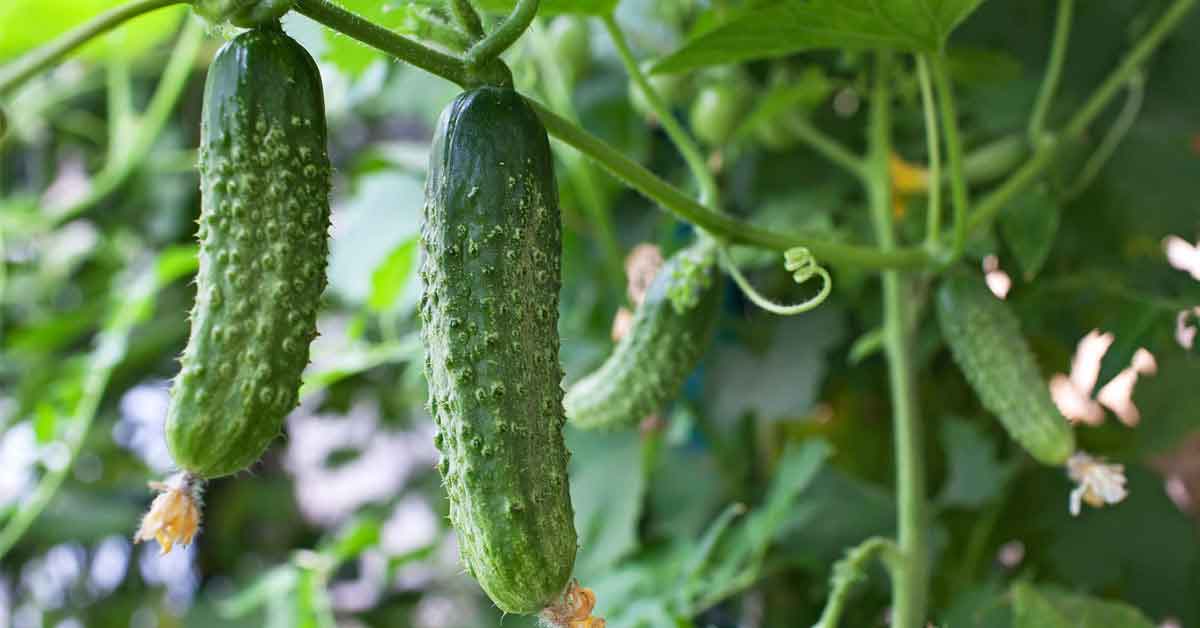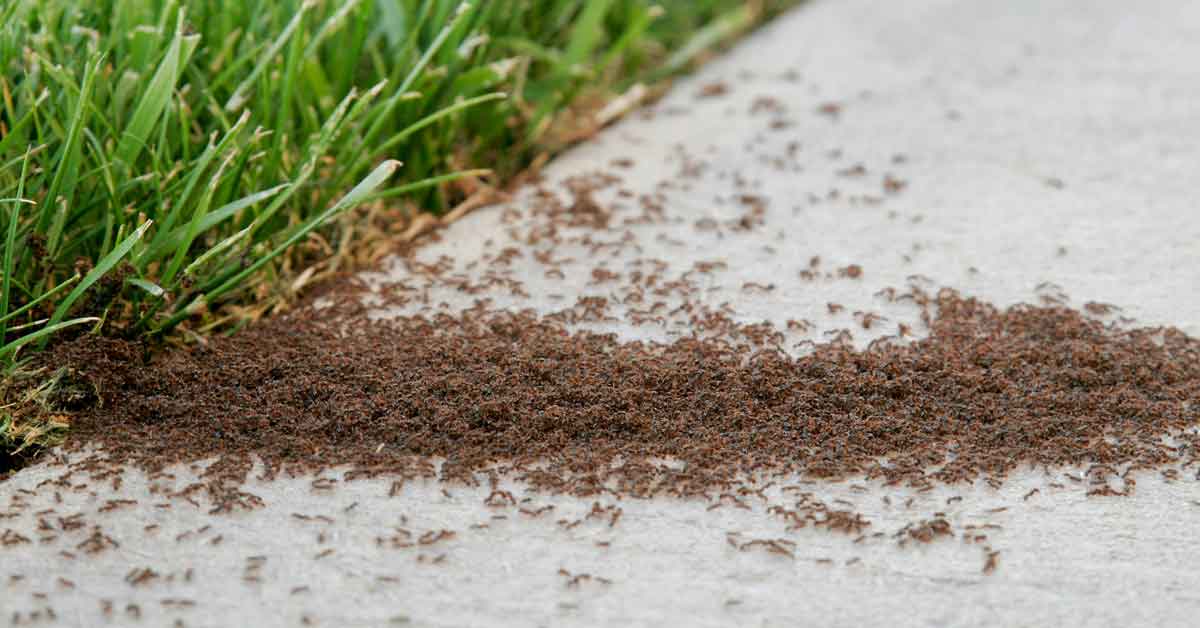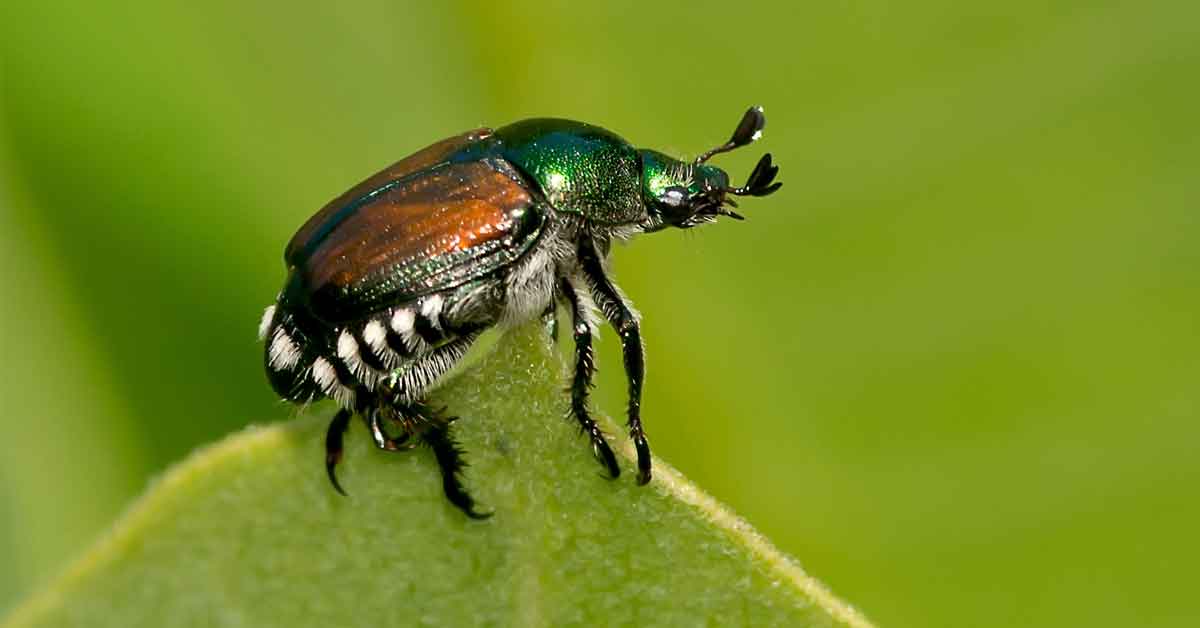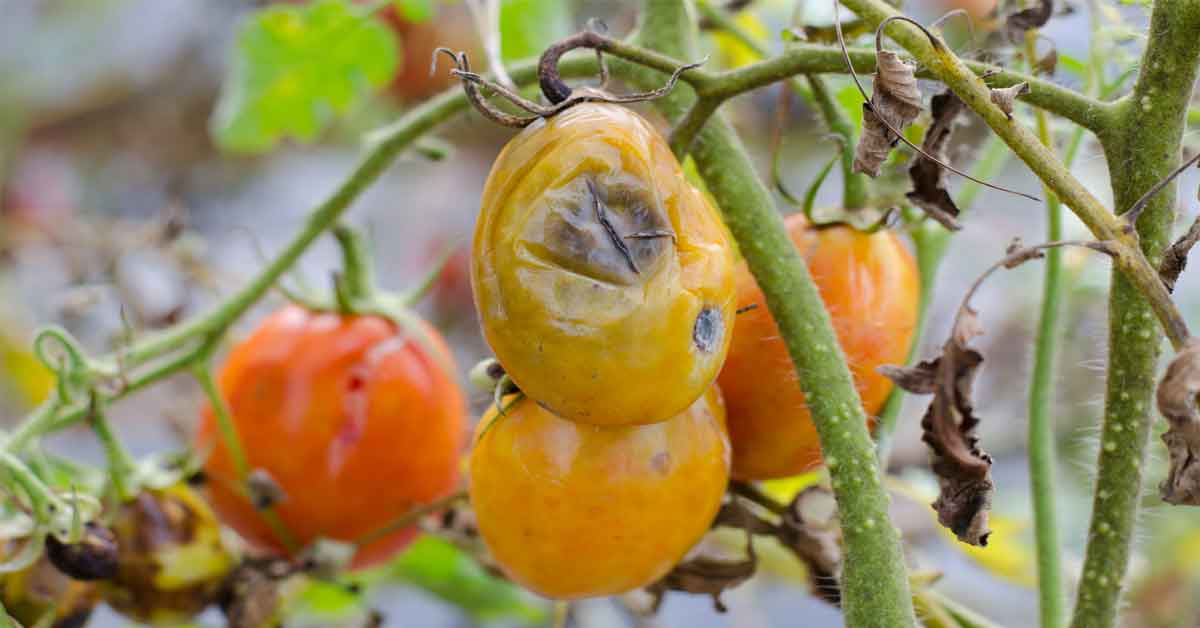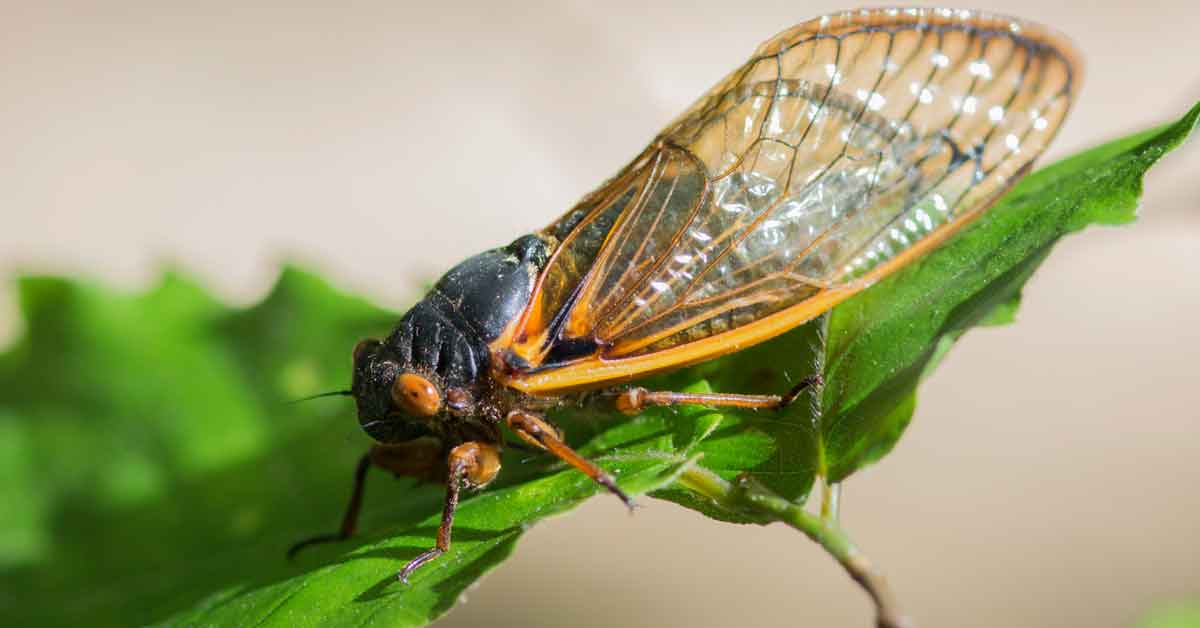Cómo sembrar, cultivar y cosechar pepinos
Para muchos jardineros, la cosecha de los pepinos cultivados en casa es uno de los momentos más esperados de la temporada de verano. Pero antes de disfrutar del sabor agradable y la sensación crujiente de la cosecha de pepinos, es necesario ensuciarse un poco las manos.
Las atractivas plantas de pepinos se pueden cultivar en la tierra, en canteros elevados o en macetas. Para sacarle el mayor provecho a su cosecha, lea bien la etiqueta del paquete de semillas para elegir el tipo de pepino adecuado para su espacio y sus necesidades culinarias.
Selección del pepino adecuado
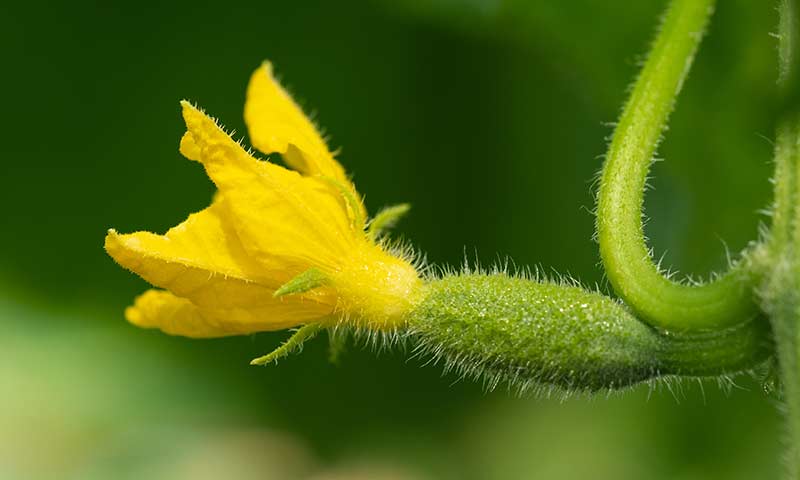
Siembra de pepinos en el huerto
Vea aquí los materiales que necesita para cultivar pepinos:
- Semillas de pepino
- Fertilizante
- Pala
- Llana de mano
- Termómetro para suelos
- Enrejado (para las variedades de enredaderas)
- Regadera (o acceso a una manguera)
- Tijeras de podar
- Fungicida listo para usar Daconil®
- Insecticida en polvo al 5% listo para usar Sevin®-5
Después de encontrar la variedad de pepino perfecta para usted, ya es hora de sembrar. El proceso es el mismo independientemente del tipo de pepino que vaya a cultivar:
- Cuando hayan pasado las últimas heladas en su zona de resistencia del Departamento de Agricultura de Estados Unidos, prepare el espacio del huerto. Elimine todas las malezas, afloje la tierra con una cultivadora o una pala y agregue un fertilizante completo3 como el nutriente para tomates y vegetales Lilly Miller® Morcrop de 5-10-10.
- Verifique la temperatura del suelo usando un termómetro para suelos. Siembre las semillas cuando la temperatura alcance de 60 a 70 grados1 ya que no germinarán si el suelo está demasiado frío.
- Si va a sembrar una variedad de enredadera, instale un enrejado que mida 6 pies de altura como mínimo. Si va a sembrar una variedad de arbusto, no necesita soporte alguno. Deje un espacio de 3 a 4 pies entre las hileras de plantas de pepinos.
- Siembre las semillas a 6 pulgadas de distancia y a 1 pulgada de profundidad.1 Cúbralas con tierra.
- Riéguelas abundantemente.
- Cuando las plantas alcancen las 4 pulgadas de altura, despeje el área dejando 1 planta cada 16 pulgadas y cortando las otras plantas a ras del suelo con tijeras de podar.
- Riegue según sea necesario para mantener la tierra constantemente húmeda pero no mojada.2
Siembra de pepinos en macetas
Materiales adicionales:
- Maceta de 18 pulgadas de diámetro
- Abono orgánico (compost)
- Tierra
- Vermiculita
Para cultivar pepinos en macetas, rellene la maceta de 18 pulgadas de diámetro con una mezcla de tierra de alta calidad. Cree su propia mezcla combinando partes iguales de tierra, abono orgánico y vermiculita, un mineral que ayuda a retener la humedad. Siembre 3 semillas a 1 pulgada de profundidad en el centro de casa maceta. Cuando las plantas alcancen las 4 pulgadas de altura, despeje el área dejando 1 planta por maceta
Fertilización

Fertilice las plantas de pepino dos veces durante la temporada de cultivo con un fertilizante rico en nitrógeno como el nutriente multiuso para jardines y céspedes Lilly Miller® de 16-16-16. Fertilice una vez cuando comience el florecimiento y otra vez tres semanas más tarde.3
Control de plagas y enfermedades
Los pepinos son vulnerables a los problemas de hongos y plagas. Algunos problemas de hongos se pueden evitar al usar un enrejado; pero otros, como el mildiú, el oídio y la pudrición de los frutos pudieran requerir algún tipo de intervención. Al detectar los primeros síntomas de hongos, use el fungicida listo para usar Daconil® que impedirá que los hongos causen más daños a las plantas.
Para las plagas comunes como los escarabajos del pepino, los áfidos y las chinches hediondas, use el insecticida en polvo al 5% listo para usar Sevin®-5 que puede aplicarse hasta tres días antes de recolectar la cosecha de pepinos.
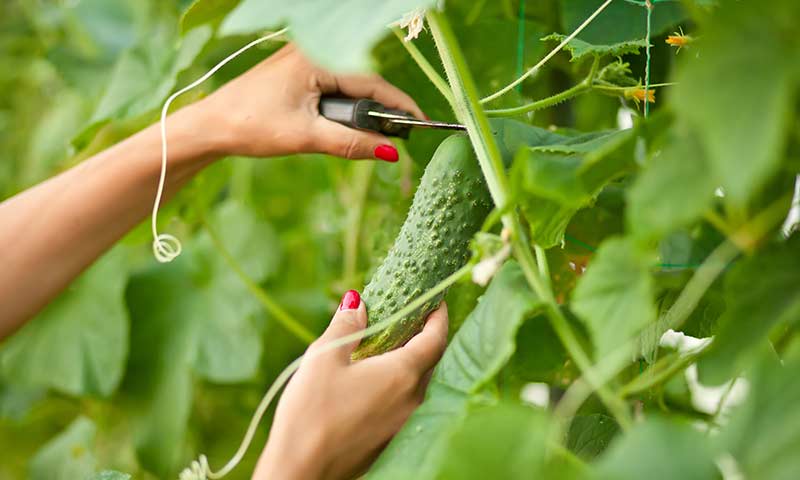
Cosecha
Después de terminar el trabajo fuerte, llegará el momento de disfrutar de la parte divertida del cultivo de los pepinos: la recolección de la cosecha. Cuando los frutos alcancen el tamaño apropiado según la variedad, use tijeras de podar afiladas para cortar los pepinos por el tallo. Como las enredaderas y los tallos de pepino son frágiles, nunca hale los frutos ya que podría dañar la planta. Los pepinos se maduran rápidamente, es por eso que debe recoger la cosecha cada dos días para evitar que se maduren demasiado.
Si se siembra correctamente, el pepino es un cultivo que ofrece una cosecha amplia en proporción con el espacio que ocupa. Y lo mismo cultive usted unas pocas plantas de pepinos para encurtir o un gran número de variedades para rebanar, este cultivo prolífico produce frutos frescos para satisfacer su apetito durante toda la temporada.
Lilly Miller es una marca registrada de Central Garden & Pet Company.
Daconil es una marca registrada de GB Biosciences Corp.
Sevin es una marca registrada de Tessenderlo Kerley, Inc.
Referencias:
- Richard Jauron, "Growing Cucumbers in the Home Garden," Extensión y alcance de la Universidad Estatal de Iowa, abril de 2002
- Sheila Gray, "Vegetables: Growing Cucumbers in Home Gardens," Extensión de la Universidad Estatal de Washington, 2013
- Pamela J. Bennett, "Growing Cucumbers in the Home Garden," Extensión de la Universidad Estatal de Ohio
Get Monthly Gardening Advice!

